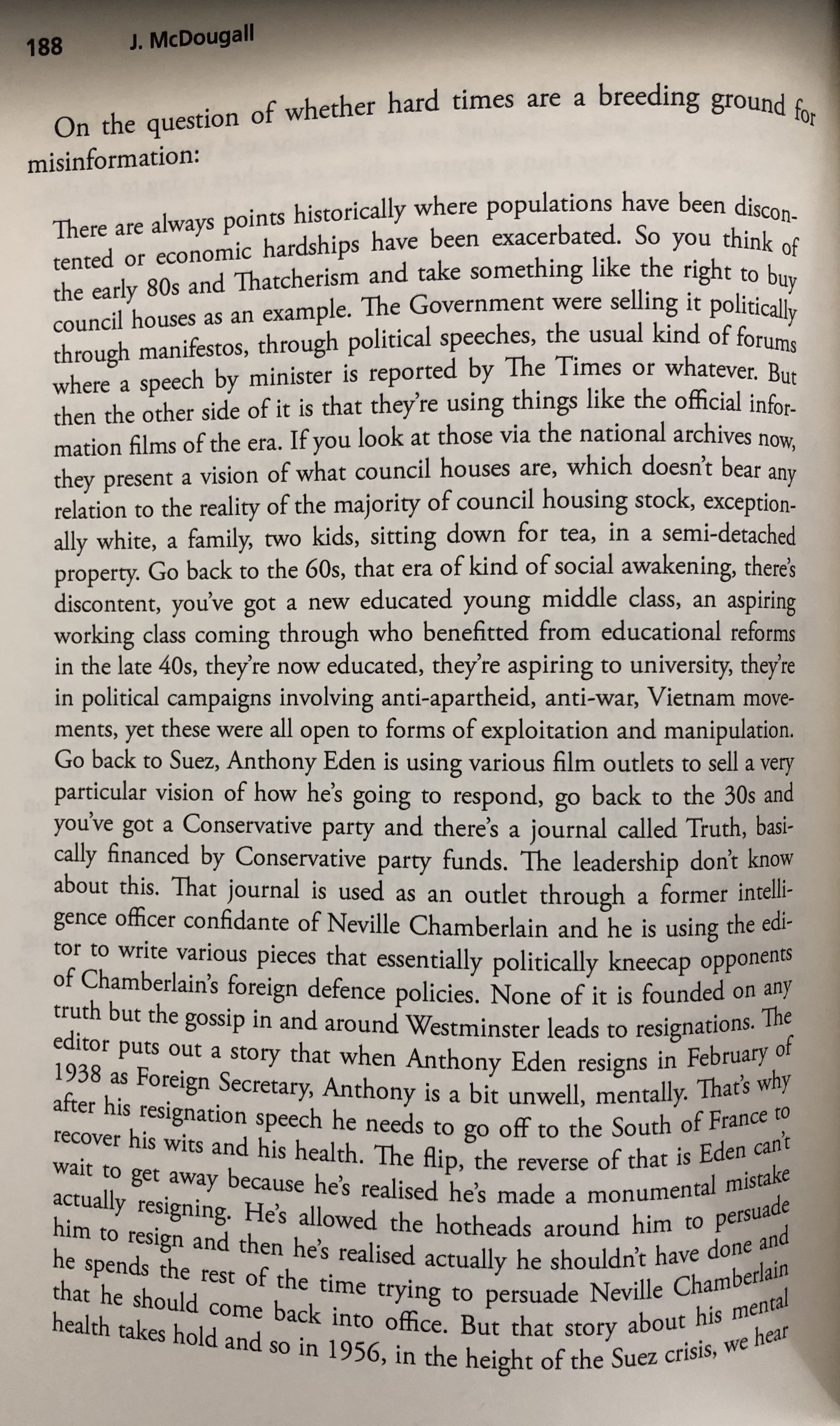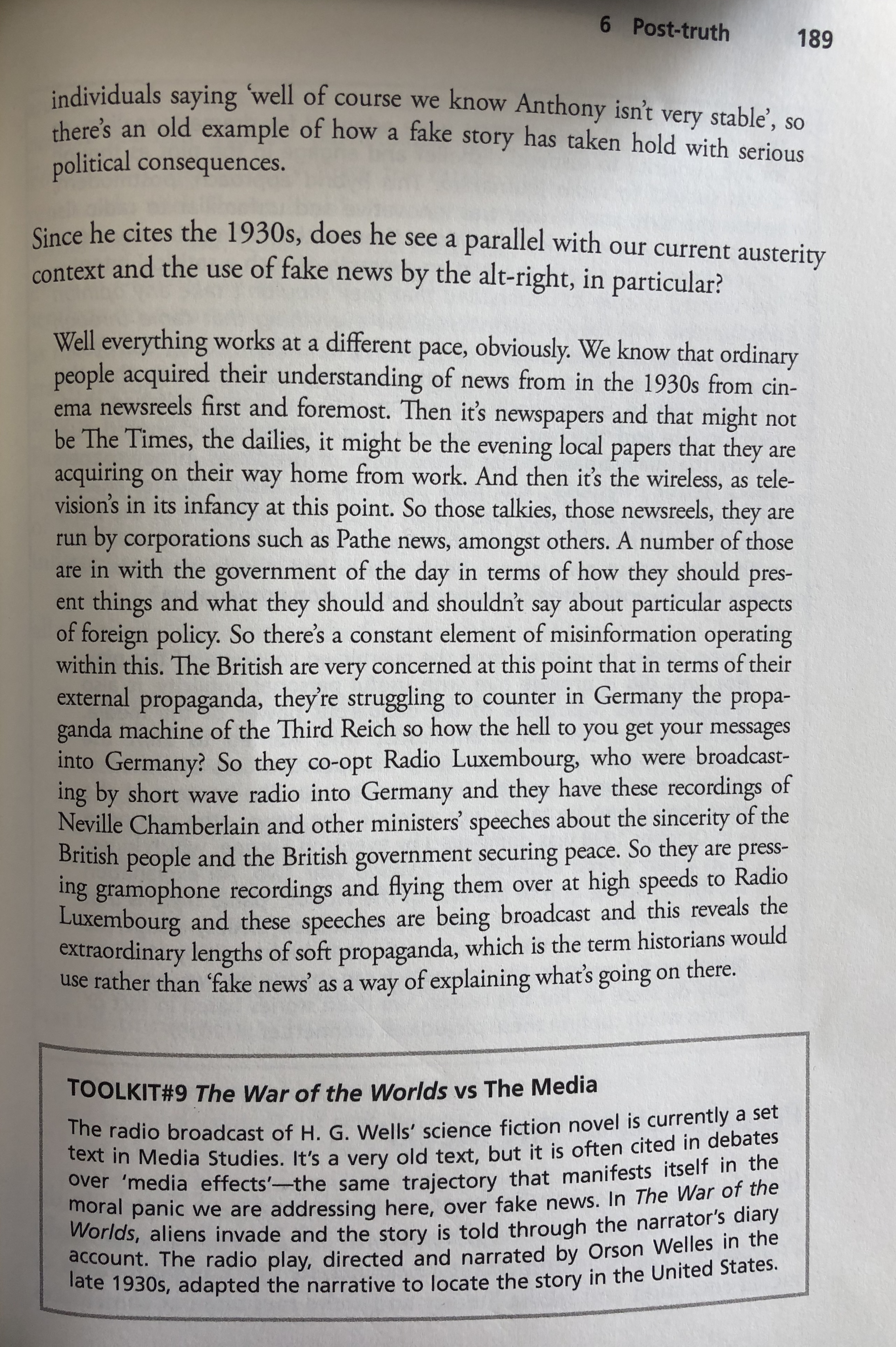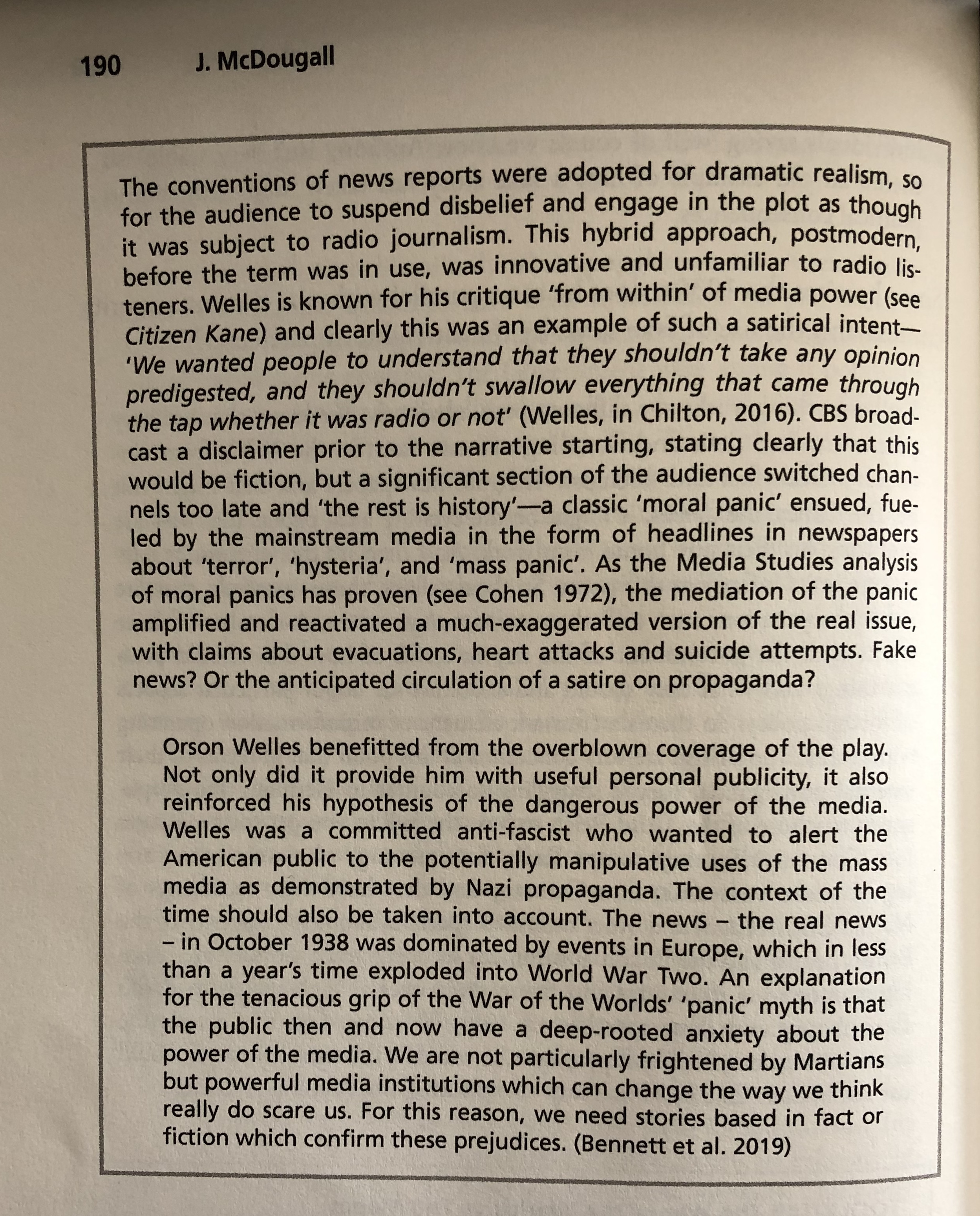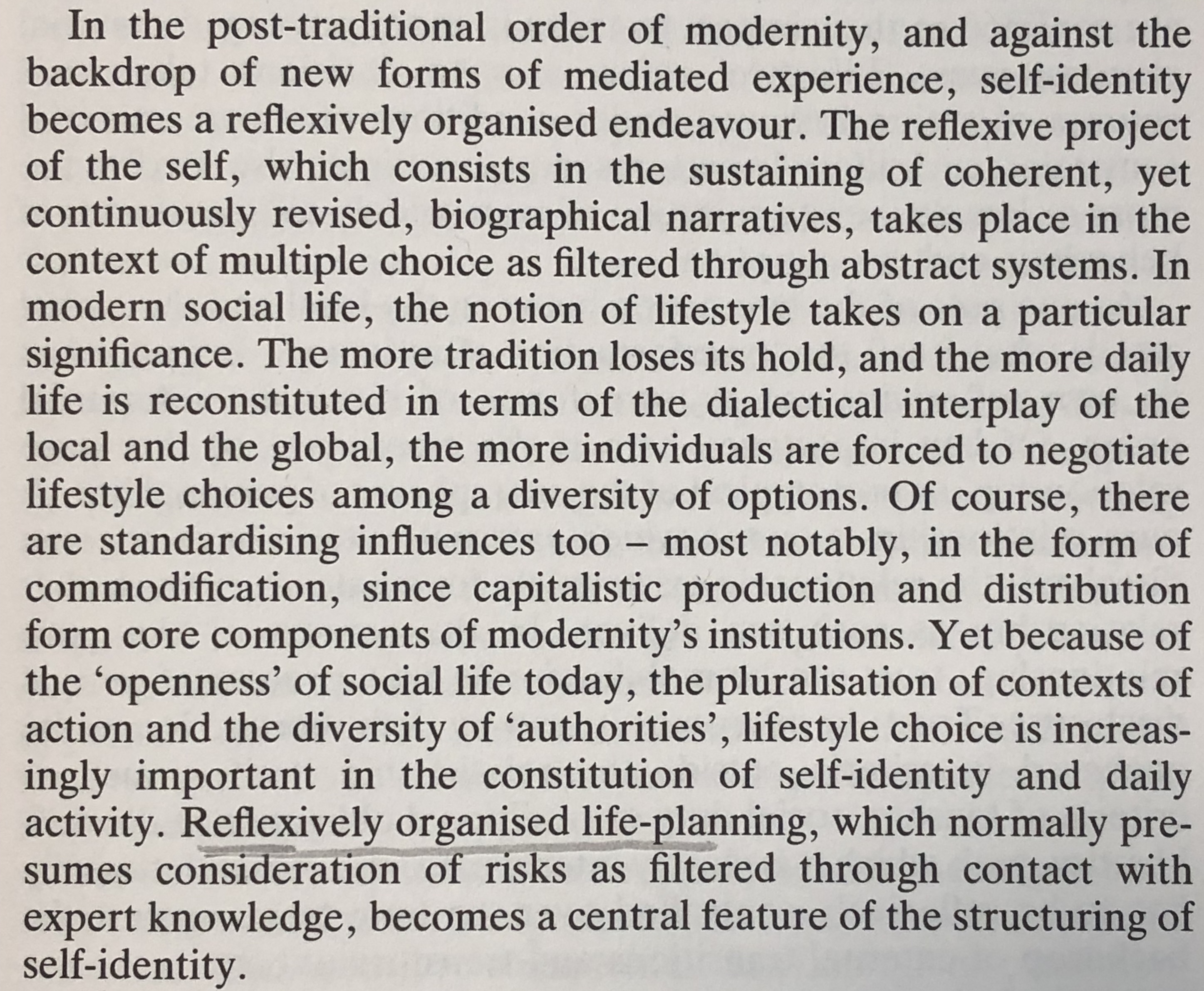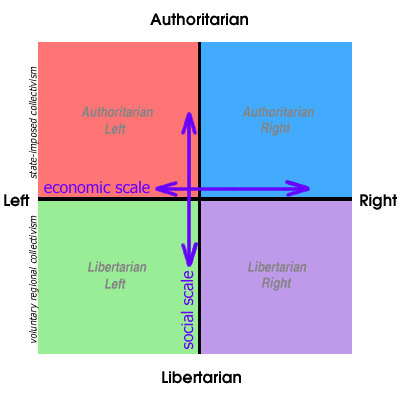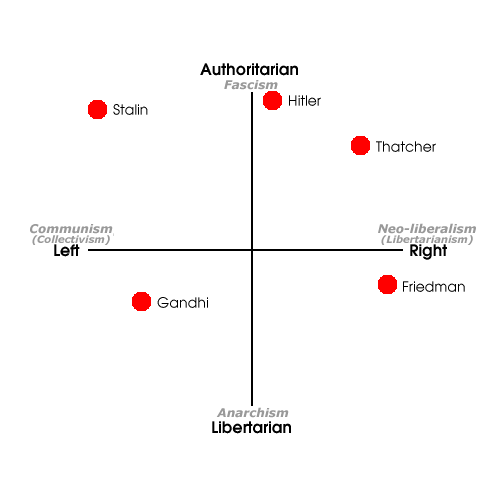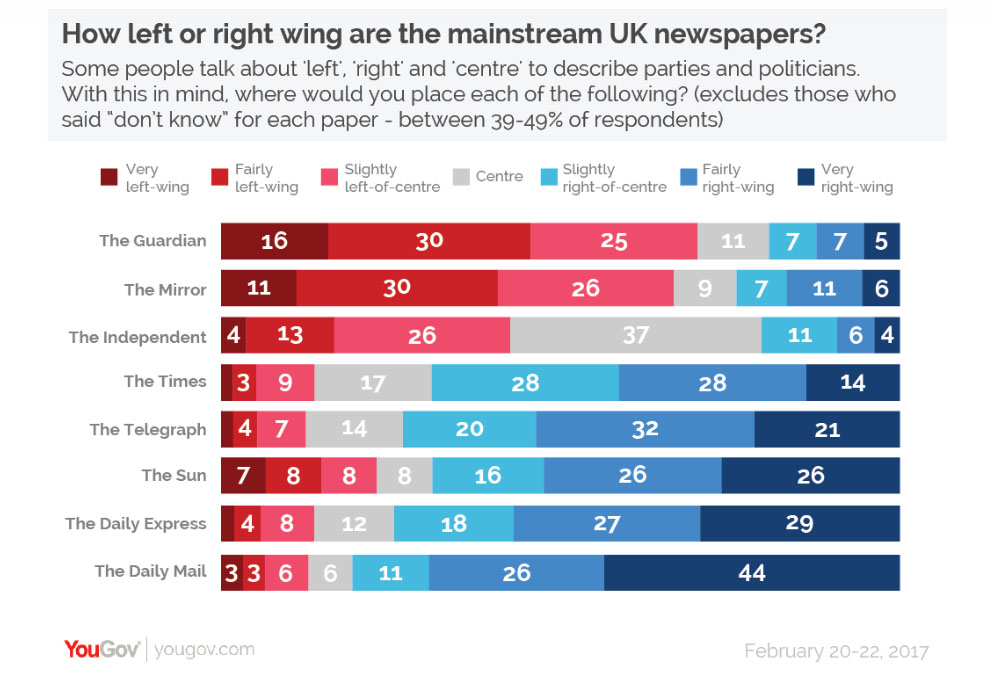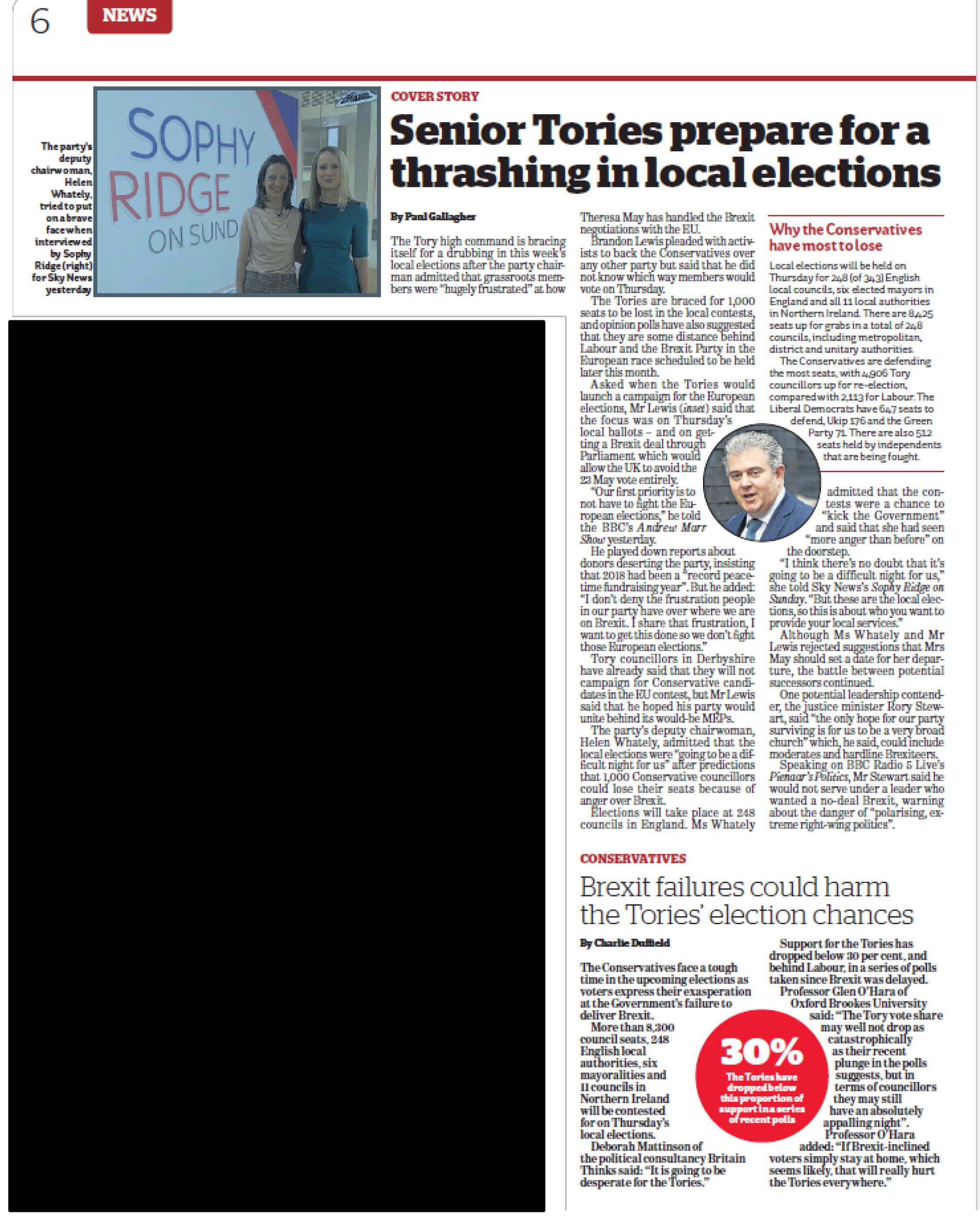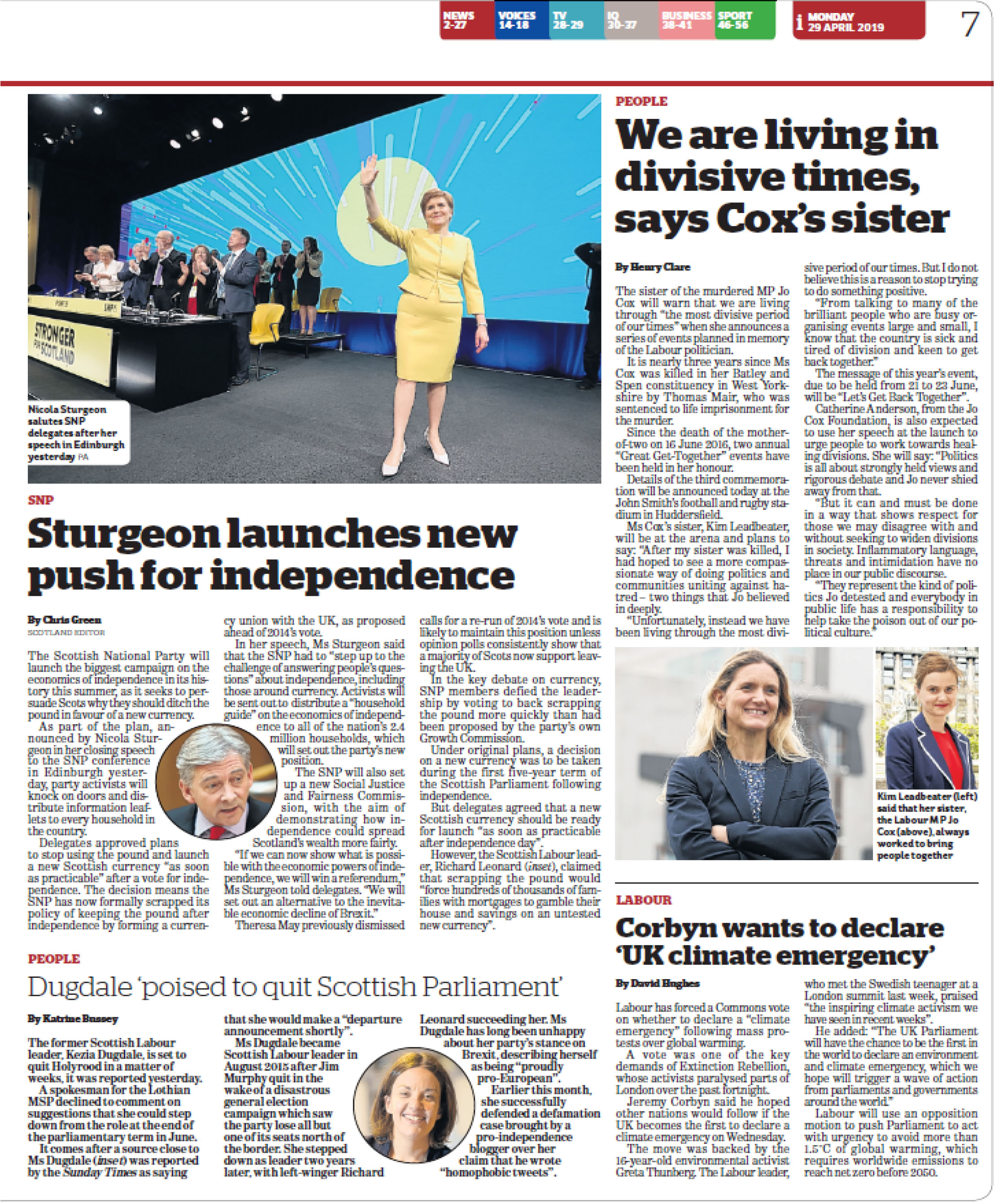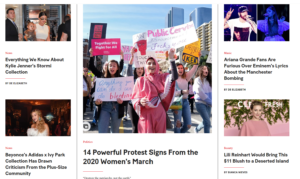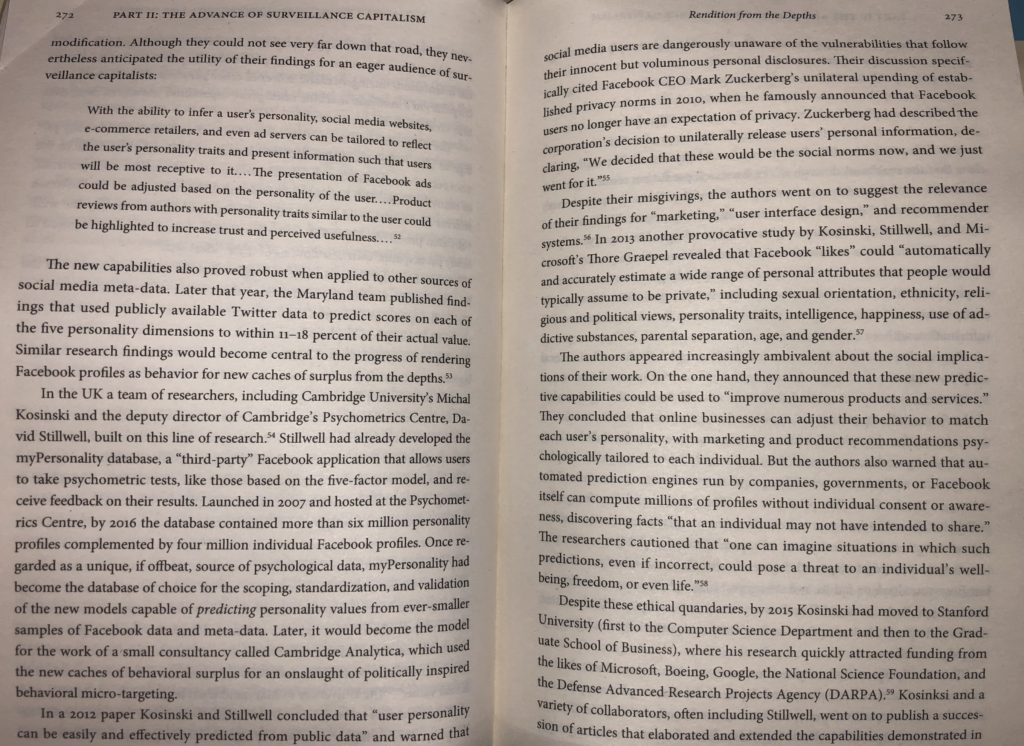Key words:
- Misogyny = the hatred of females (women or girls) expressed as disgust, intolerance or entrenched prejudice, serving to legitimate women’s oppression
- Sexism = prejudice, stereotyping, or discrimination, typically against women, on the basis of sex.
- Patriarchy = a social system in which men hold primary power and predominate in roles of political leadership, moral authority, social privilege and control of property.
- Feminist = a political position
- Female = a matter of biology
- Feminine = a set of culturally defined characteristics
- Scopophilia = ‘taking people as objects and subjecting them to a controlling and subjective gaze
- Voyeurism = sexual pleasure gained in looking
- Fetishism = ‘the quality of a cut-out . . . stylised and fragmented‘), the way in which parts of the female body are presented as something to be ‘looked at’ and therefore ‘objectified‘ and ‘sexualised
Sexism from an institutional perspective and at an individual level
Feminism
- According to Michelene Wandor, ‘sexism was coined by analogy with the term racism in the American civil rights movement in the early 1960s“
- Barry makes the point that although the women’s movement was not the start of feminism, ‘the feminist literary criticism of today is the product of the women’s movement of the 1960’s’
- Feminist critical thought became much more prominent and pronounced during the counter cultural movements of the late 1960’s and early 1970’s, which heralded, among other changes: the facilitating of birth control and divorce, the permitting of abortion and homosexuality, the abolition of hanging and theatre censorship, and the Obscene Publications Act (1959) which led to the Chatterly trial.
- This period is often termed second wave feminism – after the first wave of feminism, which was galvanised by organisations such as, the British Women’s Suffrage Committee (1867), the International Council of Women (1888), the The International Alliance of Women (1904),
- In contrast, ‘at the beginning of the 1970’s the Women’s Liberation Movement set great store by the process of consciousness raising’ (Wandor, 1981:13), ‘influencing everyday conduct and attitudes.’ (Barry, 2017:124) and ‘exposing the mechanisms of patriarchy, that is, the cultural ‘mind-set’ in men and women which perpetuated sexual inequality’ (123).
Laura Mulvey
- ” In a world ordered by sexual imbalance, pleasure in looking has been split between active/male passive/female. The determining male gaze projects its fantasy onto the female figure which is styled accordingly. In their traditional exhibitionist role women are simultaneously looked at and displayed and their appearance coded for strong visual and erotic impact“
- As Mulvey makes clear, ‘cinema offers a number of possible pleasures’.
- Mulvey draws on the work of Jacques Lacan (‘this mirror moment‘), highlighting the parallel between the ‘mirror stage’ of child development and the mirroring process that occurs between audience and screen
- ‘Man is reluctant to gaze at his exhibitionist like‘, thus, he must control the look, and thereby, the narrative. Made possible ‘by structuring the film around a main controlling figure with whom the spectator can identify‘.
- Rules and conventions of mainstream narrative cinema, that appear to follow ‘according to the principles of the ruling ideology‘. In other words, the dominant look is always hetero, rather than homosexual.
Sut Jhally
- Works at the Media Education Foundation (where Jean Kilbourne also produced much or her work) draws a connection between the aesthetics of pornography and the codes and conventions of the music video.
- ” There’s no such thing as communication that doesn’t have something behind it, that it is always constructed by someone. And I want people to be active in the construction of their own world because if you’re not active in the construction of your own world then you’re a victim of someone else’s construction.“
- Jhally, illustrates with specific reference to a wide range of music video clips how a dreamworld is created in music videos based around a range of predictable codes and conventions, many of which are borrowed from the genre of pornography.
- At the centre of the dreamworld is the female body and drawing on the key concepts introduced by Mulvey (objectification, voyeurism, scopophilia, fetishism) it is clear both how the dreamworld is constructed and who it appears to be constructed for. In much of the work from MEF, the theme links content analysis (what we see) to audience behaviour, for Jhally this is around violence towards women.
3rd Wave Feminism
- Known as raunch culture
- Third-wave feminism began in the early 1990s, coined by Naomi Wolf, it was a response to the generation gap between the feminist movement of the 1960’s and ’70’s, challenging and recontextualising some of the definitions of femininity that grew out of that earlier period
- In particular, the third-wave sees women’s lives as intersectional, demonstrating a pluralism towards race, ethnicity, class, religion, gender and nationality when discussing feminism.
- According to Barker and Jane (2016), third wave feminism, which is regarded as having begun in the mid-90’s is the ‘rebellion of younger women against what was perceived as the prescriptive, pushy and ‘sex negative’ approach of older feminists.’ (344) and put forward the following recognisable characteristics:
- an emphasis on the differences among women due to race, ethnicity, class, nationality, religion
- individual and do-it-yourself (DIY) tactics
- fluid and multiple subject positions and identities
- cyberactivism
- the reappropriation of derogatory terms such as ‘slut’ and ‘bitch’ for liberatory purposes
- sex positivity
- According to Ariel Levy, in her book Female Chauvinist Pigs raunch culture is ‘a product of the unresolved feminist sex wars – the conflict between the women’s movement and the sexual revolution‘ (2006:74)
- ‘Raunch culture is the sexualised performance of women in the media that can play into male stereotypes of women as highly sexually available, where its performers believe they are powerful owners of their own sexuality’
4th Wave Feminism
- Inter-sexuality
- Initial critical ideas that looked at the plurality of feminist thought can be found in the early work around Queer Theory.
- . In the UK the pioneering academic presence in queer studies was the Centre for Sexual Dissedence in the English department at Sussex University, founded by Alan Sinfield and Johnathon Dollimore in 1990 (Barry: 141).
Judith Butler
- Judith Butler counterpoints earlier ideas of gender representation, for example, some of the ideas presented by Laura Mulvey seem to suggest that gender is fixed – male/female – that it is structured by institutions and those powerful individuals who are able to exert power and control – Weinstein et al.
- Butler suggests that gender is fluid, changeable, plural a set of categories to be played out and performed by individual subjects in individual moments in time and space.
- Put another, it suggests that we have multiple identities that are performed to different people, in different social settings, under different social conditions. For example, look at categories such as lipstick lesbian, butch and femme, girly girl and so on, which illustrate the multiple, plural nature of identity, representation and performance with feminist critical thinking
Van Zoonen
- Lisbet Van Zoonen also highlights the idea that the concept of ‘woman’ is not a homogenous, collective noun.
- ‘gender is not the defining quality alone for women, and intersects with race, sexuality and class.’ (Hendry & Stephenson 2018:52).
- Van Zoonen, develops and applies ideas of cultural hegemony (GRAMSCI) and interpellation (ALTHUSSER) towards feminist studies
- Van Zoonen, prioritises the realm of popular culture as the site of struggle, where identities are continually being reconstructed.
bell hook: Multicultural inter-sexuality
- As Barker and Jane note, ‘black feminists have pointed ot the differences between black and white women’s experiences, cultural representations and interests’ (2016:346)
- As a way of exploring this notion of intersectionality ie the idea that an approach such as feminism, is NOT UNIVERSAL, SINGULAR or HOMOGENEOUS as this is a REDUCTIONIST and ESSENTIALIST way of seeing the world.
- bell hook (always spelt in lower case – real name: Gloria Jean Watkins) advocates media literacy, the need to engage with popular culture to understand class struggle, domination, renegotiation and revolution.


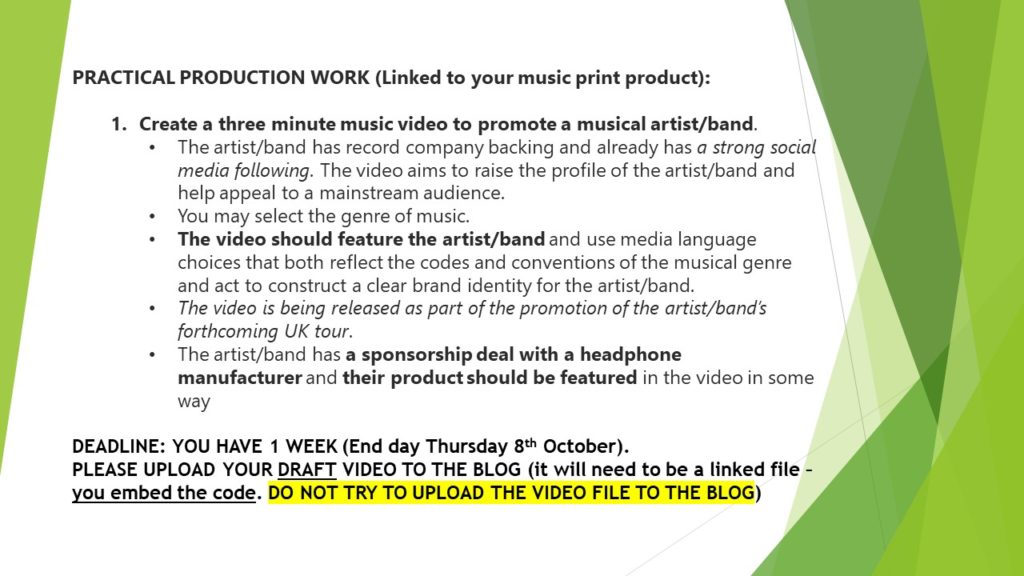

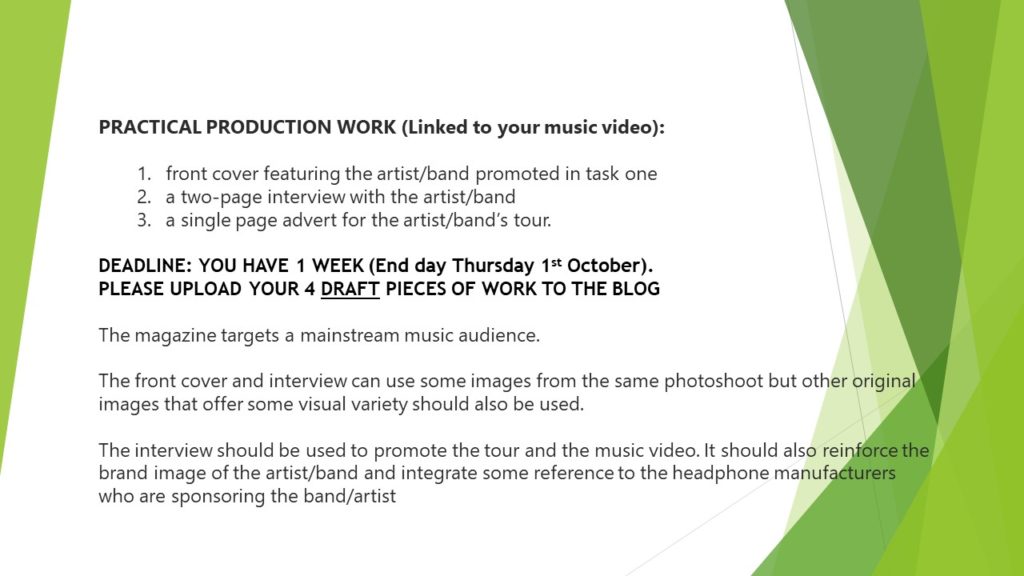


 )
)
 ).
). 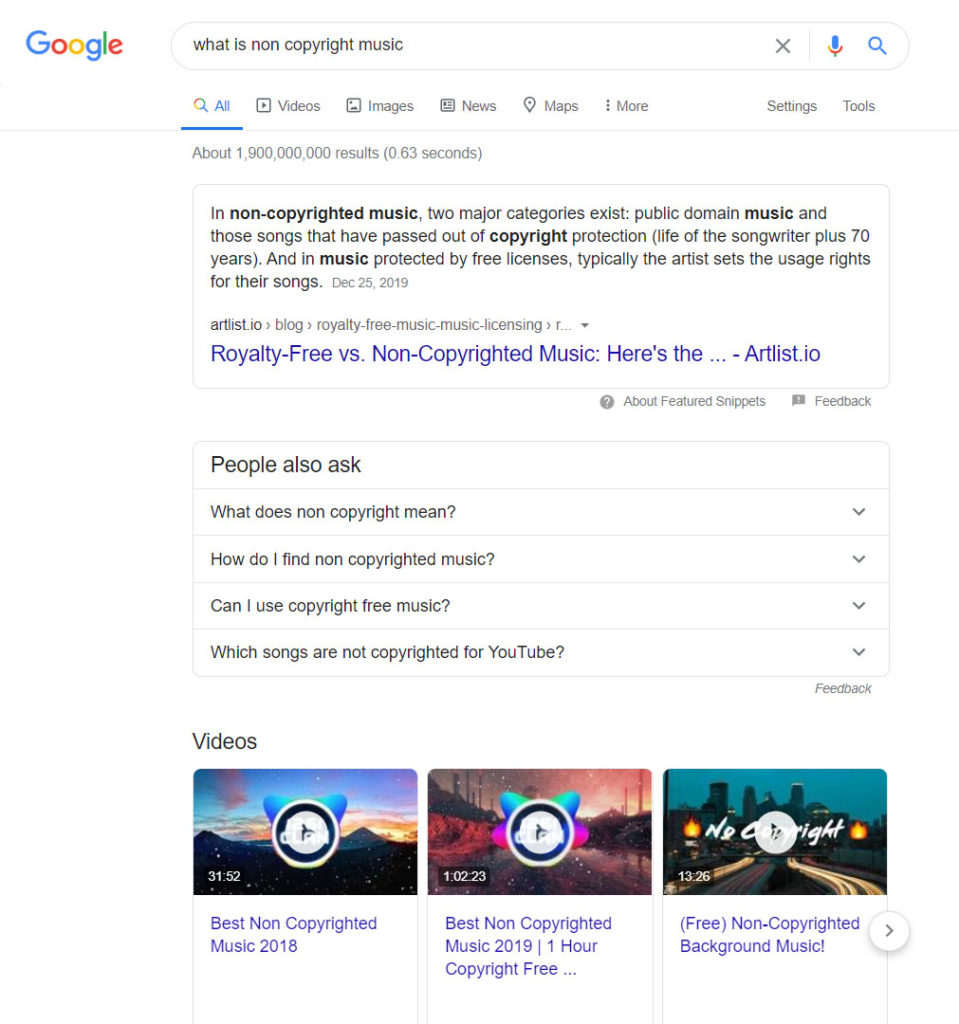

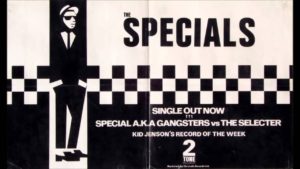
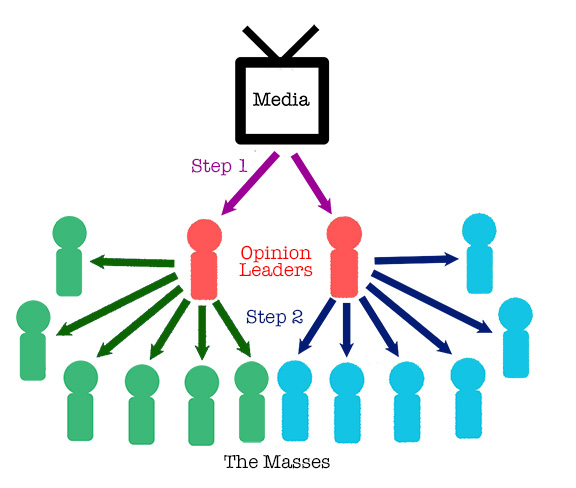





 Anthony Giddens in his
Anthony Giddens in his 
